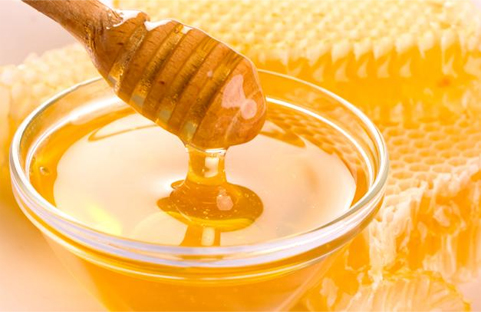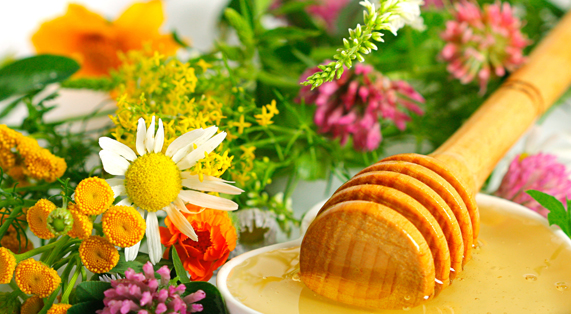تأثير العسل الماليزي ومكوناته الرئيسية على انتشار الخلايا الليفية المستزرعة The effect of Malaysian honey and its major components on the proliferation of cultured fibroblasts
تأثير العسل الماليزي ومكوناته الرئيسية على انتشار الخلايا الليفية المستزرعة
The effect of Malaysian honey and its major componentsThe effect of Malaysian honey and its major components on the proliferation of cultured fibroblastson the proliferation of cultured fibroblasts
Al-Mahdi AL-JADI1, Francis KANYAN ENCHANG2, Kamaruddin MOHD YUSOFF
ملخص
الخلفية / الهدف: دراسة، لأول مرة، تأثير عسل ماليزي مختارة ومكوناته الرئيسية على الانتشار
من الخلايا الليفية مثقف. المواد والأساليب: العسل وبعض مكوناته، والتي تشمل السكريات، والبروتينات، وبيروكسيد الهيدروجين المنتجة، و الفينوليكس، تعرضوا ل ليفيوبلاستس مثقف. تم استخدام المقياس اللوني مت لتقييم بقاء الخلية وانتشارها.النتائج: لوحظ تأثير التحفيز من العسل على انتشار الخلايا الليفية لتكون تعتمد على الوقت والجرعة. المستمر إنتاج بيروكسيد الهيدروجين عن طريق نظام أوكسيديز العسل الجلوكوز يعمل أيضا على تحفيز تكاثر الخلايا في وقت- و دوسديبندنت الطريقة. وجود الفينوليات مع خصائص مضادة للأكسدة، من ناحية أخرى، يجعل الحماية للخلايا ضد تأثير سامة من بيروكسيد الهيدروجين. ومع ذلك، لا يمكن التأكد من وجود مادة تشبه عامل النمو في العسل.
الخلاصة: لأول مرة، وقد تبين أن العسل ومكوناته الرئيسية لممارسة آثار تحفيز على الخلايا الليفية مثقف. عسل وبالتالي يمكن أن تكون مفيدة في الممارسات الطبية.
Background/aim: To examine, for the first time, the effect of a selected Malaysian honey and its major components on the proliferation of cultured fibroblasts. Materials and methods: Honey and some of its components, which include the sugars, the proteins, the hydrogen peroxide produced, and the phenolics, were exposed to cultured fibroblasts. The MTT colorimetric assay was used to assess cell viability and proliferation. Results: The stimulatory effect of honey on fibroblast proliferation was observed to be time- and dose-dependent. The continuous production of hydrogen peroxide by the honey-glucose oxidase system also acts to stimulate cell proliferation in a time- and dosedependent manner. The presence of phenolics with antioxidant properties, on the other hand, renders protection to the cells against the toxic effect of hydrogen peroxide. However, the presence of a growth factor-like substance in honey could not be ascertained. Conclusion: For the first time, honey and its major components were shown to exert stimulatory effects on cultured fibroblasts. Honey is therefore potentially useful in medicinal practices. Key words: Honey, protein, hydrogen peroxide, phenolics, fibroblasts




